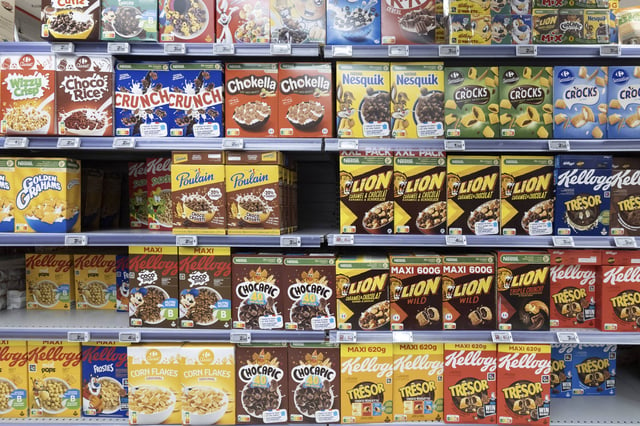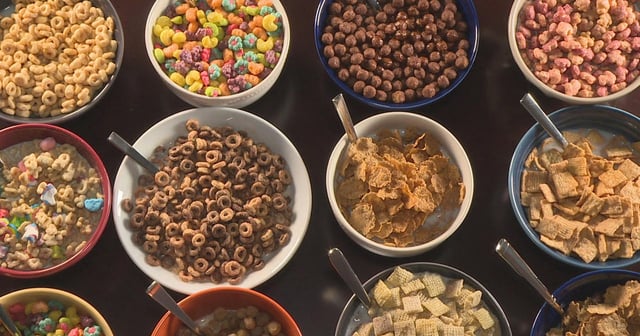Overview
- Analysis of 1,200 cereals from 2010 to 2023 shows a 33.6% rise in fat, 32% increase in sodium, and 11% growth in sugar per serving.
- Protein and dietary fiber levels have dropped significantly, with fiber falling from 3.82 grams to 2.94 grams and protein decreasing to 1.69 grams per serving.
- Over 30% of U.S. children consume ready-to-eat cereal daily, making these trends critical for childhood nutrition and long-term health.
- Policymakers are responding with measures like state bans on synthetic dyes, federal probes into misleading marketing, and upcoming stricter school sugar limits.
- Experts criticize cereal makers for prioritizing taste and marketing over nutrition, while healthier versions of some brands are sold abroad.



